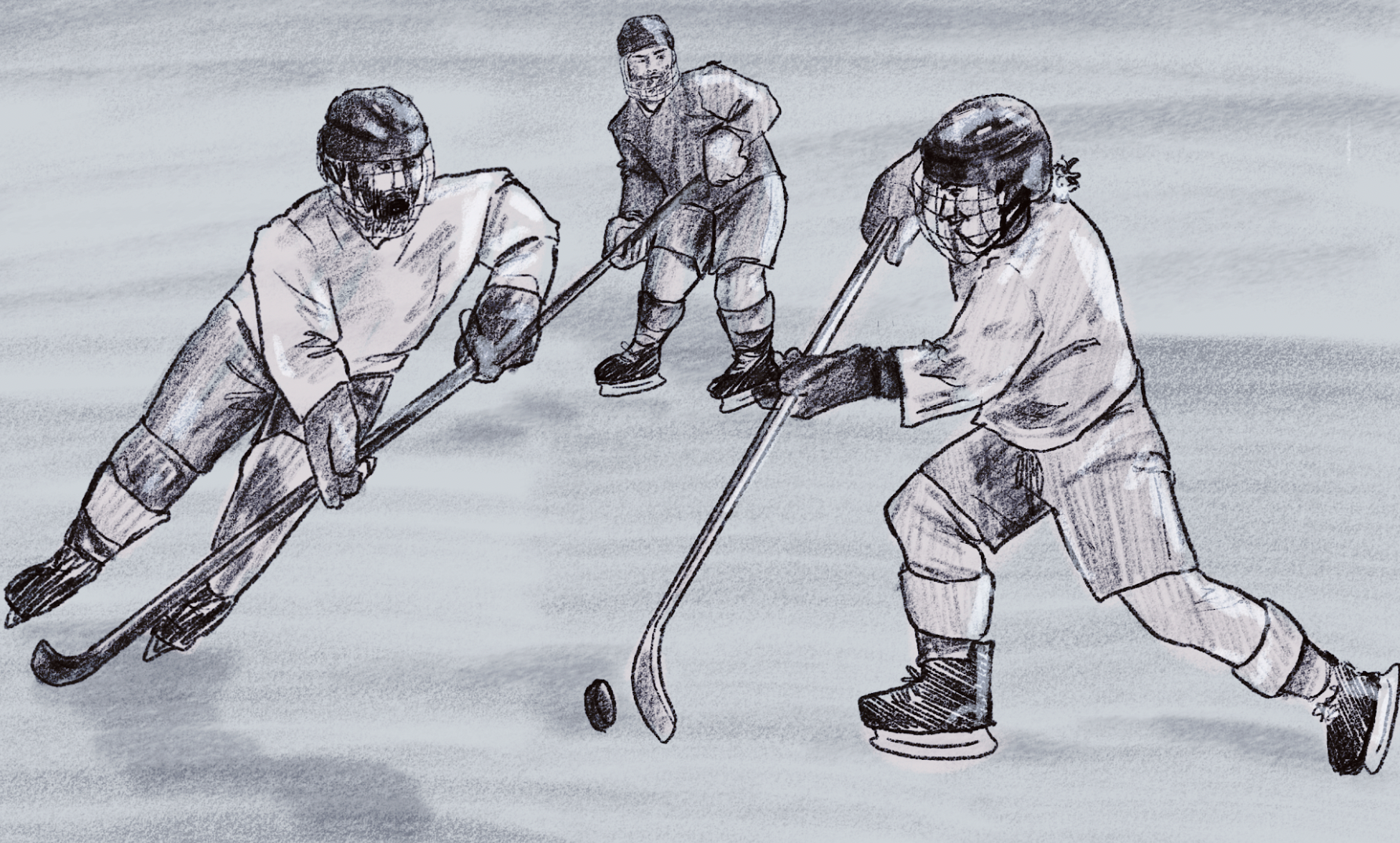Hockey is a key component of Canadian culture, as it is our national sport and a great source of joy and pride. Whether played competitively, in gym class, or just for fun on a frozen lake, hockey unites players across the country. Yet despite its importance to many across various ages and identities, variances in the mechanics of skating between males and females remain largely understudied.
Female participation in ice hockey has been increasing steadily, with a 34 per cent increase in registered players from 2007 to 2018, according to the International Ice Hockey Federation. While there is ample research on male player movements, female players remain underrepresented in the scientific literature, despite fundamental anatomical differences that impact the way they move, play, and train.
Shawn Robbin, associate professor in the school of Physical and Occupational Therapy, leads a lab working to develop this knowledge base, diving into the science of movement in ice hockey and exploring how equipment and player traits influence performance on the ice. The lab partners with Bauer Hockey and uses federal funding to help athletes move efficiently and reduce their risk of injury, with McGill students playing a key role in the research.
In a recent paper published in the International Journal of Performance Analysis in Sport, Robbins explored the kinematic differences between male and female athletes who participated in a stop-and-go task.
McGill varsity hockey players were asked to perform traditional hockey stops, then take a few strides in the opposite direction at different speeds. The researchers then used motion capture technology to study how males and females differ in stop and start movements on the ice. The researchers found that females tend to stay more upright relative to their starting position, while males get much lower to the ice when they stop.
“We found that male players tend to lower themselves faster and have more flexion in their hip and knee joints, which helps them absorb and explode out of stops,” Robbins said in an interview with The Tribune.
Another study found that female ice hockey players reported proportionately more soft tissue injuries, strains, and sprains, while males experienced more fractures.
Although sex-specific injury types were not the focus of this study, Robbins noted that several factors contribute to differences between sexes. However, it is difficult to parse exactly how much each factor contributes.
“It’s a bit more clear, in other sports like soccer, that movement plays a role in injury, especially in female athletes. That’s not as clear in hockey,” Robbins said. “Obviously, there’s other differences as well, in terms of hormone levels [and] muscle strength. I think that biomechanics may have a piece in injuries, […] [and] how players move will have a piece in terms of injury, but it’s [related to] the other factors too.”
Robbins emphasized that the study requires a collaborative effort. While his role during the experiment was mostly to process and analyze raw data on the computer, McGill students at the lab, such as master’s student Aiden Hallihan, conducted many of the actual tests under professors’ supervision. In other words, successful research requires a dedicated community of scientists, including everyone from undergraduate research assistants to lab directors.
Moving forward, the lab will continue to test new and advanced motion capture systems to expand its research. While this study focused exclusively on elite varsity-level players, their current research is aimed at younger and recreational players.
“With the data from elite players, [we] can compare it to recreational players and see if there are similar [sex] differences and how [players] can improve their game,” Robbins said.
Overall, Robbins’ research challenges traditional gender bias in sports research. His work advances player development and safety across genders, making the world of hockey research more equitable.






